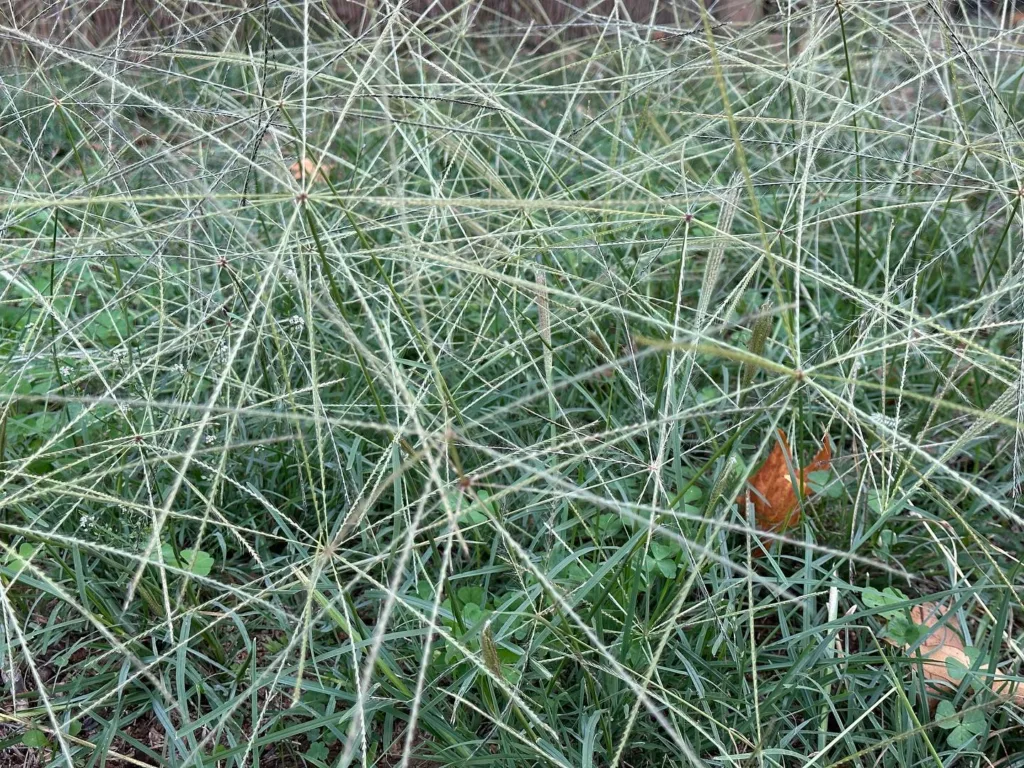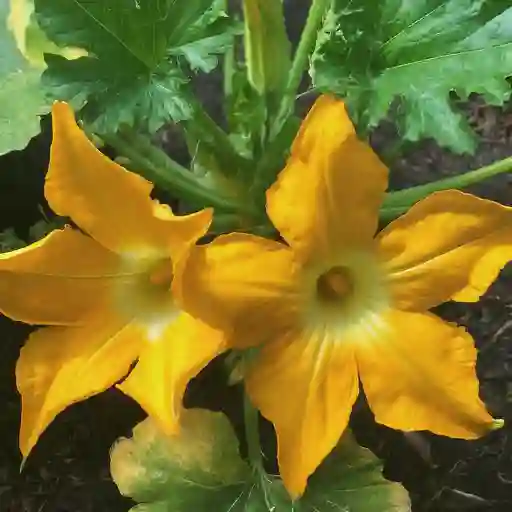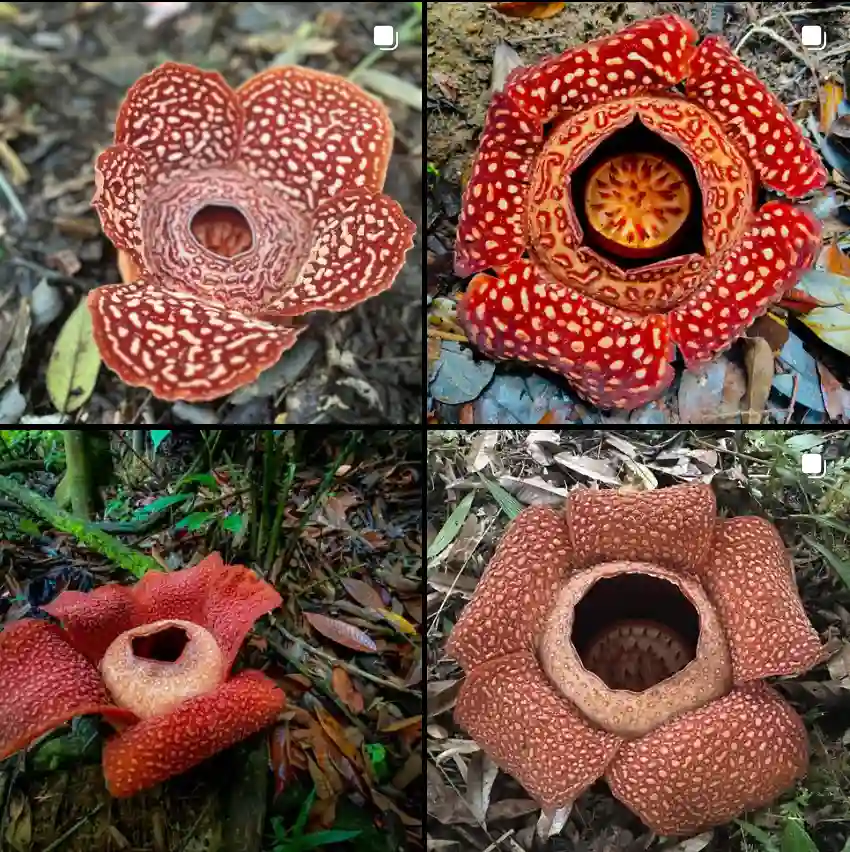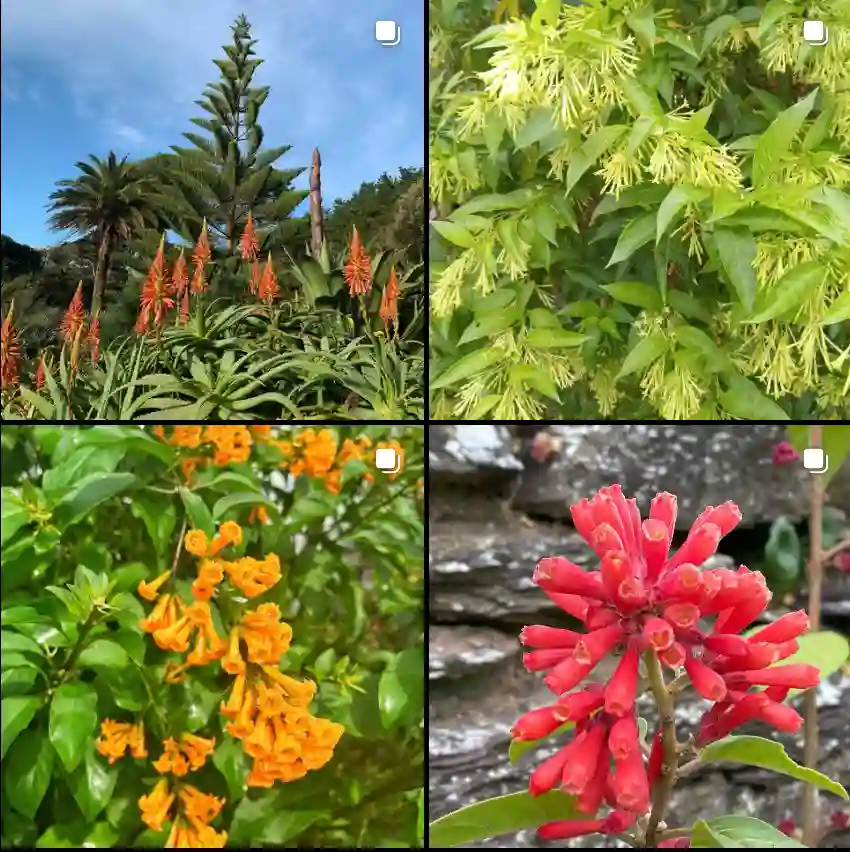Exploring the Fascinating Stylidiaceae Family
The Stylidiaceae family, often referred to as the trigger plant family, is one that has piqued my interest over the years. This unique family consists of several genera, including Donatia, Forstera, Levenhookia, Phyllachne, and Stylidium. Each of these genera presents its own distinctive features, making the Stylidiaceae family an intriguing subject for plant enthusiasts like me.
Understanding the Genera
Donatia
Donatia is a small genus native to Australia and New Zealand. I find its flowers particularly captivating, as they tend to bloom in vibrant hues, creating stunning displays in their natural habitats. What’s fascinating about Donatia is its adaptability to various environments, especially in wetlands. These plants typically thrive in sandy soils, where they can establish deep root systems. I’ve enjoyed learning about how their morphology allows them to survive in harsh conditions, making them resilient and essential to their ecosystems.
Forstera
Another genus in this family is Forstera, known for its unique floral structures. The flowers of Forstera exhibit a range of colors and shapes that attract various pollinators. I appreciate how the different species within this genus can be found in diverse habitats, from coastal areas to more inland regions. It’s intriguing to see how these plants adapt their reproductive strategies based on their environment. Their blossoms often exhibit a unique mechanism for pollen dispersal, which I find incredibly fascinating.
Levenhookia
Levenhookia is a lesser-known genus that has captured my attention due to its unusual reproductive methods. These plants have evolved specialized structures that aid in their pollination process. When I learned about Levenhookia, I was amazed at how these plants can attract specific pollinators by mimicking certain traits. It’s a wonderful example of evolution in action, showcasing how plants can develop strategies to ensure their survival and reproduction.
Phyllachne
Phyllachne is another intriguing genus, primarily found in New Zealand. I find its thick, leathery leaves fascinating, which serve as an adaptation to the often harsh climates it endures. These plants are known for their unique habit of forming dense mats, which help in conserving moisture. Their flowers, although less conspicuous than those of other genera, play a crucial role in their ecosystem. Studying Phyllachne has expanded my appreciation for how different plants can evolve in similar environments but develop distinct traits.
Stylidium
Finally, we arrive at the most prominent genus within the Stylidiaceae family: Stylidium. Known as trigger plants, Stylidium species are renowned for their unique floral mechanisms. When I first encountered a Stylidium flower, I was struck by its fascinating trigger mechanism. The anthers of the flower can rapidly snap forward to release pollen when triggered by visiting pollinators. This fascinating feature not only enhances pollination efficiency but also showcases the intricate relationship between plants and their pollinators.
Ecological Importance
The ecological significance of the Stylidiaceae family cannot be overstated. These plants play vital roles in their ecosystems, providing habitats for various species and contributing to the overall biodiversity of their regions. They often thrive in environments where few other plants can, such as wetlands or sandy soils. By doing so, they help stabilize these ecosystems, preventing soil erosion and contributing to water retention.
In my exploration of these genera, I’ve come to appreciate how they interact with their surroundings. For instance, the way Stylidium attracts specific pollinators not only benefits itself but also supports the broader ecosystem. The diversity within the Stylidiaceae family highlights the importance of preserving these plants, as they serve as vital components in their respective habitats.
Conservation Efforts
As I delve deeper into the world of Stylidiaceae, I can’t help but reflect on the importance of conservation efforts aimed at protecting these unique plants. Many species within this family face threats from habitat destruction and climate change. By raising awareness and advocating for their preservation, we can contribute to the survival of these remarkable genera.
Participating in local conservation projects has been an enriching experience for me. It’s rewarding to see how collective efforts can make a difference in protecting plant species and their habitats. I encourage fellow plant enthusiasts to get involved in conservation initiatives to help safeguard the future of the Stylidiaceae family and other vital plant families.
Conclusion
The Stylidiaceae family has become a significant part of my botanical journey. From the resilient Donatia to the fascinating trigger mechanisms of Stylidium, each genus offers a wealth of knowledge and beauty. My exploration of this family has deepened my appreciation for the diversity of plant life and the importance of preserving these unique species. As we continue to learn more about the natural world, let’s not forget to celebrate and protect the extraordinary plants that share our planet.
If i die, water my plants!



